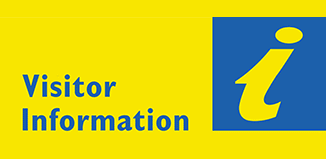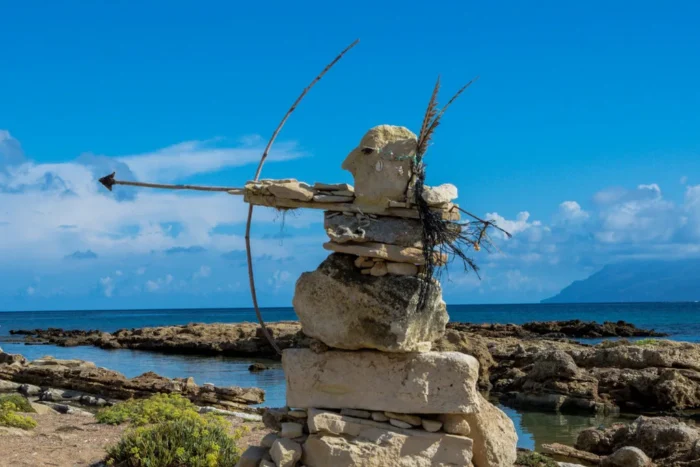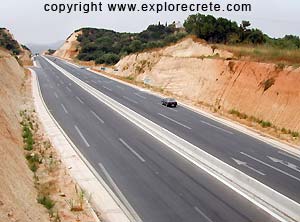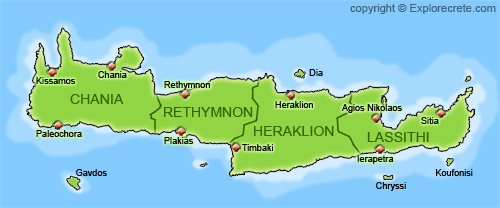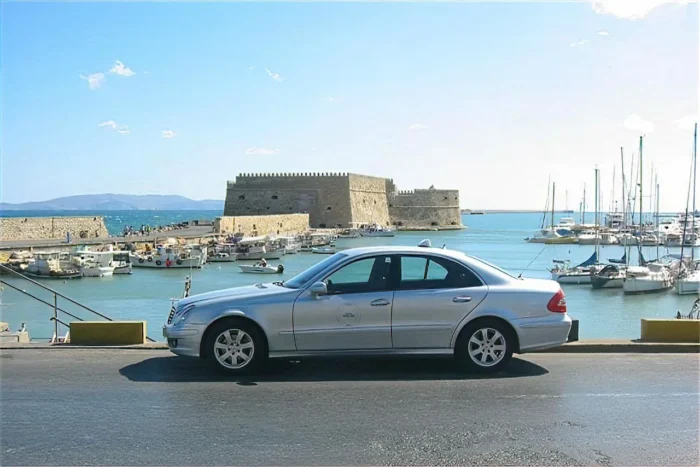Crete Facts & Geography
Crete is the largest island in Greece and a vacation destination for millions of tourists every year. This would be of much less value if they all came, spent their vacation and never came back. But Crete finds its way into the hearts of thousands of visitors who return at least once a year to enjoy the beauty of the island, the hospitality of the locals, the good weather and the clear sea.
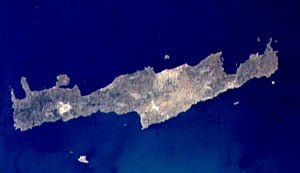
Crete is 250 kilometers long from end to end, while its width varies from 15 kilometers at its narrowest point to 65 kilometers at its widest. The size of Crete and the variety of its landscapes deceive the visitor, who often loses the feeling of being on an island.
Name: Nisos Kriti = island of Crete. Crete is a region of Greece, it is the biggest island and the most southern one, except for the little island of Gavdos.
Population: the population of Crete is close to 600,000. The population of Greece is 10,665,989 (2003 estimate).
Language: Greek
Religion: Greek Orthodox
Currency: Euro has been the new currency of Greece since 2001.
Main Cities and Towns in Crete:
North coast: Heraklion (200,000), Chania (80,000), Rethymnon (35,000), Agios Nikolaos, Sitia.
South coast: Ierapetra, Moires, Timbaki, Paleochora.
Airports: There are five airports in Crete but only three of them are used for passenger flights: the Heraklion airport, the Chania airport in Akrotiri and the Sitia airport. The airports of Kastelli and Timbaki are military airports.
Ports: In Crete there are two main harbours: the Heraklion harbour and the Souda Bay harbour. The harbours in Rethymnon, Agios Nikolaos and Sitia are much smaller. Along the south coast there are various fishing ports.
Mountains: Crete is a mountainous island and the island’s history, as well as the personality of its inhabitants was greatly affected by these mountains. In the west there are Lefka Ori (White Mountains): 2453m, in the center there is Mt Idi (Psiloritis): 2456m and in the east there is Mt Dikti: 2148m. Cretan mountains form a continuous chain from one end of the island to the other and they make Crete look much larger than it really is.
Rivers: Rivers in Crete are short and they dry up in the summer months. Rivers which flows year-round are the river at Preveli in southern Rethymnon district and the river at Vrisses in Chania district.
Lakes: the lake of Kournas, a small but beautiful lake with many taverns around it.
Islands and Islets : There are several small islands very close to Crete: Gavdos island is the southest border of Europe and it is populated. The islands of Hrissi or Gaidouronissi, Koufonissi, Dia, Paximadia, Thodorou, Gramvoussa are much smaller and not populated. Most of them are popular destinations for one-day cruises from Crete.
Administration. Crete is one of the 7 administrative divisions of Greece. In Crete there are 4 administrative regions and many Dimoi (Municipalities). Each Municipality consists of several towns and villages.
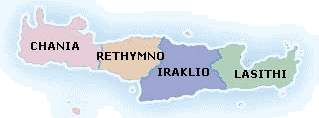
Economy: The main sources of wealth in Crete are agriculture and tourism. The cultivation of the olive tree is very important in Crete and excellent virgin olive oil is produced here. Other important products include oranges, grapes and vegetables from greenhouses. Honey, cheese and herbs are of excellent quality also. Finally, big numbers of sheep and goats are raised in Crete.
History: Cretan History starts at 6000 BC, when the island was first inhabited. The best known period is the Bronze Age (2600-1100 BC), the period of the Minoan Civilization. During that period Cretans colonized Cyclades Islands and in Crete the palaces of Knossos, Festos and Zakros were built.
While Egyptians were afraid of the “Big Blue”, Minoan ships used to travel and trade all around Mediterranean Sea. The cultural influence of the various nations Cretans came in contact with, gave birth to this civilization that we still admire and which is considered to be the first high-level civilization in Europe.
The Land: The north coast is the main tourist area of Crete and all cities are located there. The southern coast is the ideal place for the tourist who is in search of an isolated beach. Unfortunately, as each year passes and their whereabouts become known, such beaches become a little more difficult to find. The south is also a good place if you want to train yourself to drive on narrow and winding roads.
Away from the coastal regions, the interior is a far less well-known part of Crete. This is the mountainous area of Crete; the roads may be really bad, the road signs are of little help and it’s not so easy to find an English-speaking person. Here is the place to search for small villages without the familiar “Rent a Room” or “Restaurant” signs.
It is the place to meet the real Cretans: proud and friendly people, with a great sense of humor, ready to help you in any way they can and offer you a glass of “raki” (the locally produced colorless drink). When you meet them, just smile and say “kalimera=good morning”, “kalispera=good evening” or “yasas=hello”. If you ask for some information and want to thank them, then “efcharisto= thank you” is the right Greek word.
The People of Crete
There is a very good description of the people of Crete by the Frankish Bishop of Athens, L.Petit:
“They are a truly admirable people who learnt to hold on stubbornly throughout the tumultuous events of forty centuries to their native character and local speech. Courage, mingled with an independent spirit that is often close to downright disobedience, a lively wit, vivid imagination, and a language full of images, spontaneous and unaffected, love for every kind of adventure, an indefatigable urge for freedom, that goes hand in hand with an insatiable desire for bravado… A fertile land that has always given birth to the worthiest of men both in Church and State, in science and letters, in the economy and in war…”
“History of Crete”, Theoharis Detorakis ISBN 960-220-712-4
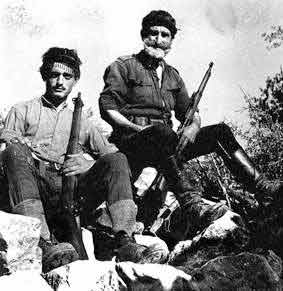
The Cretans have had to fight for their freedom and independence for most of their long history. Many nations have invaded and conquered the island. There have been many bloody revolutions with thousands of deaths. The Cretans became skilled warriors and as such learned to live for today without planning for tomorrow.
This is perhaps the biggest problem in Crete today: the lack of any serious planning and foresight for the future. It is evident in the way villages and towns are built, in the behavior of people, in the protection of the environment. Of course, this does not mean that Crete is not a friendly and safe place to include in your future travel plans.
© explorecrete.com All Rights Reserved. Reproduction or copying without permission is prohibited.

